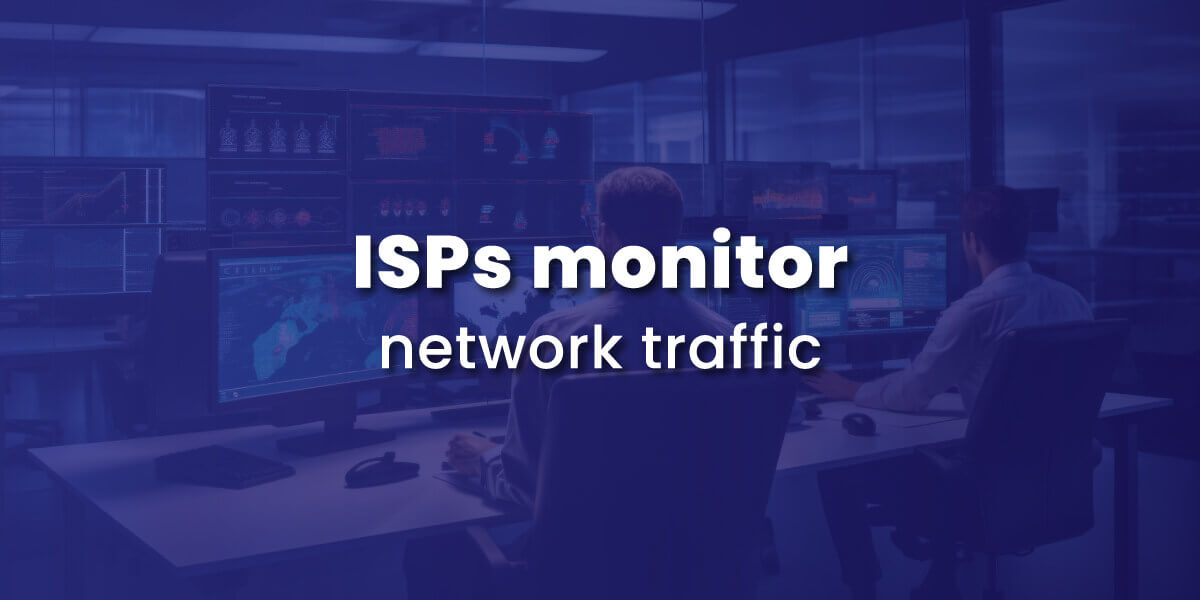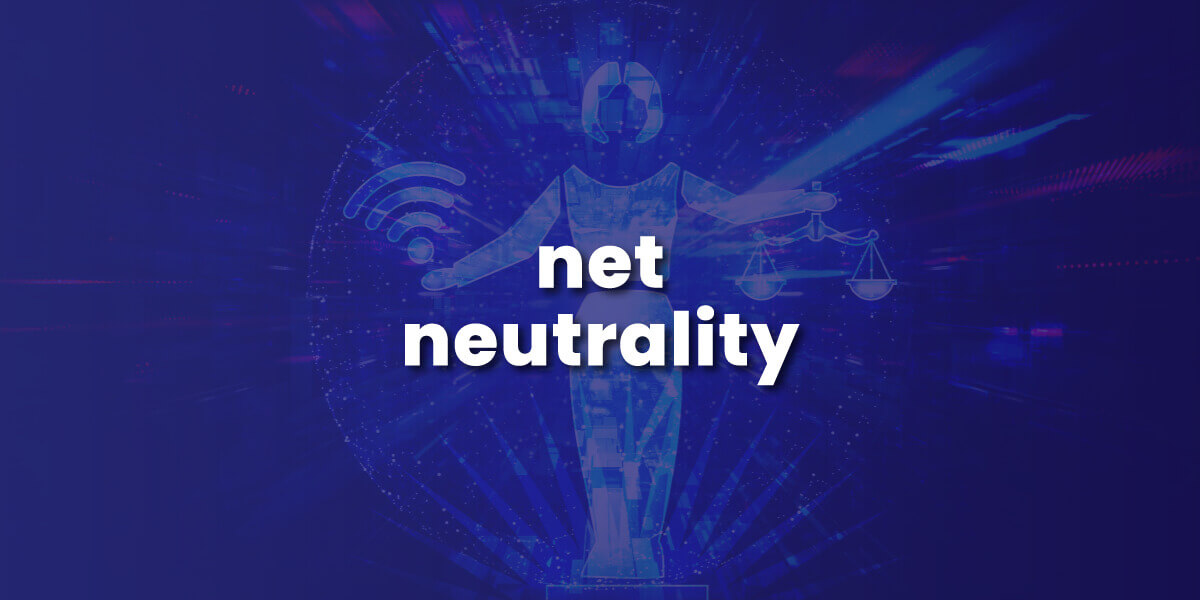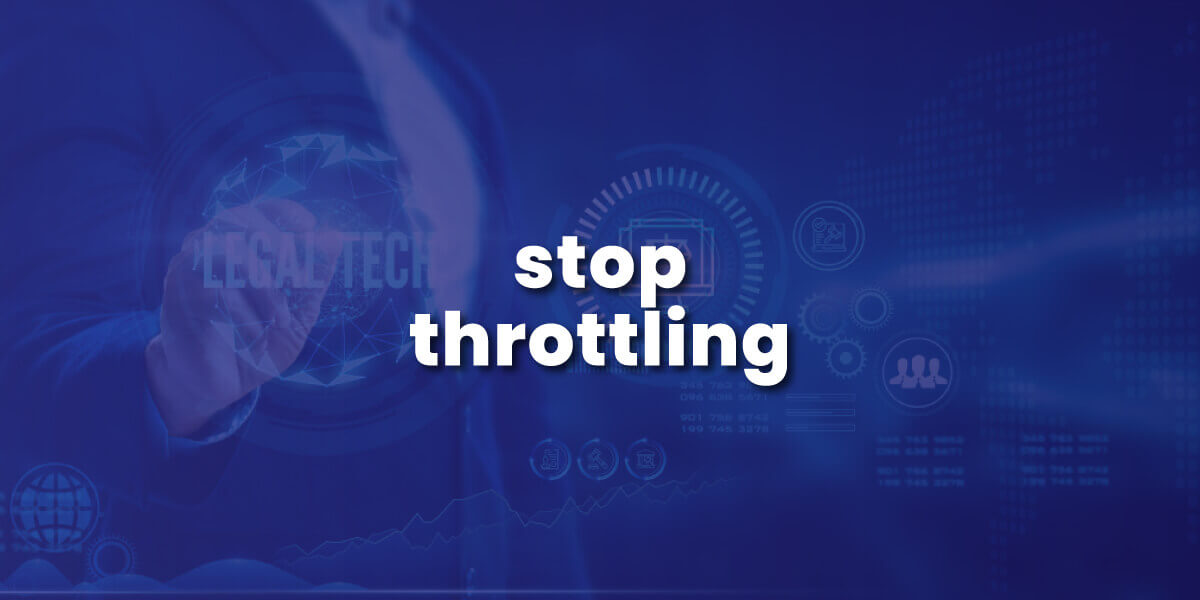Lower your internet bill
61% of people overpay for their internet.
Are you one of them?
Unlock exclusive offers in your area!
Call now
[tel]Enter zip code
1 Star is Poor & 5 Stars is Excellent.
* Required

Written by Rosslyn Elliott - Pub. Aug 04, 2023 / Updated Mar 18, 2024
Table of Contents
Are you happy with your Internet service?

About the author
Does your internet speed sometimes seem to creep along at a snail’s pace? Pages take forever to load, videos buffer endlessly, and downloads drag on for hours. You may instinctively blame your internet service provider (ISP) for the slowdowns, but what’s really behind these sluggish speeds? The cause could be a common practice known as ISP throttling.
Understanding what throttling is and how it works can help internet users identify it and find solutions. With more and more daily activities depending on broadband access, it’s crucial to get the speeds you pay for. This guide will explain what you need to know about ISP throttling.
ISP throttling refers to intentional slowing or limiting of internet speeds by internet service providers. It involves actively detecting bandwidth usage on networks and restricting speeds for certain applications, devices, or traffic types.
Throttling comes in several different types.
Some real-world examples include Comcast getting caught interfering with peer-to-peer traffic in the early 2000s and Canadian ISP Rogers admitting to throttling internet speeds for online gamers. These cases demonstrate how ISPs can identify bandwidth-heavy activities and deliberately slow them down.
On a technical level, ISPs can see what protocols your internet connection is using and where internet traffic is headed. Providers use deep packet inspection (DPI) hardware and software to peek inside data traveling across their networks. This surveillance lets them discriminate based on the source, destination, and type of traffic.
ISPs use bandwidth throttling or traffic-shaping techniques to actively control the speed of data transfers. An internet provider can slow down all your data by limiting port speed, introducing latency, and deprioritizing packets for certain applications or devices.
ISPs argue that throttling helps manage network congestion during high-traffic periods to ensure critical activities aren’t disrupted. However, consumer advocates claim that internet throttling is also used to reduce ISP costs and give preferential treatment to an ISPs’ own content or partners.

The main reasons internet providers give for throttling include:
ISPs claim that throttling optimizes overall performance. But many opponents of throttling are concerned that providers may slow down competitors’ offerings for an unfair advantage.
Here are 5 telltale signs that your ISP may be throttling your connection speed.
1. Slow loading times: pages and videos take much longer to start.
2. Frequent buffering: streaming content pauses to load.
3. Sluggish downloads: files take way longer to download than usual.
4. Connection inconsistencies: speeds are slower during peak times.
5. VPN improvements: speeds increase when using a VPN.
You can confirm throttling by running internet speed tests during different activities. Compare your promised versus actual speeds, watch for dramatic dips when using certain apps, and try connecting via a
to see if speeds boost.
Significant changes in speed at night during peak hours or when using certain apps can indicate ISP throttling.

How and when ISPs can throttle internet speeds has been hotly debated for years. At the heart of the issue is the concept of net neutrality – the idea that all internet traffic should be treated equally by ISPs.
Throttling by ISPs arguably violates net neutrality principles when it deliberately discriminates based on content or application. Under the Trump administration, net neutrality was overturned, but the Biden administration attempted to restore net neutrality principles in 2021. The fiercely debated subject of net neutrality continues to hang in limbo as partisans support or oppose laws on throttling.
Many lobbyists argue stricter regulations are needed to promote fairness and transparency around ISP throttling. However, lawmakers remain divided on balancing the interests of ISPs versus consumers and internet-based companies.

Common effects of throttling include:
Ultimately, throttling allows ISPs to exert control over internet speeds in ways that negatively impact consumers and businesses. But you can always decide to switch internet providers if you detect throttling.

Some ways to combat ISP throttling include:
When you take steps to detect throttling and hold ISPs accountable, you help ensure that all customers get the internet speeds they pay for.

Data caps limit how much total data you can use each month before facing overage fees. Throttling slows speeds for certain types of internet traffic in real-time.
Yes, a VPN can mask your traffic to avoid any application or device-specific throttling by your ISP.
Check for slow buffering only on Netflix but normal speeds otherwise. If using a VPN solves the problem, then you know your ISP may be throttling Netflix.
Yes, ISPs have been known to target gaming systems and throttle multiplayer game traffic, resulting in high latency.
Run speed tests to confirm throttling, file an FCC complaint, contact your ISP, and switch providers if possible. Users who complain help motivate change.
Understanding ISP throttling is key to getting the internet performance you need in today’s connected world. Identifying throttling and pressuring ISPs to be transparent can help curb unjust speed discrimination.
Supporting meaningful net neutrality protections remains important to promoting fairness and innovation online. You can vote to defend your right to access lawful content of your choice without interference or limitations.
See our guide to getting fast internet for more ideas. Sometimes, your slow speed may be related to an outdated router.

About the author
Congratulations, you qualify for deals on internet plans.
Speak with our specialists to access all local discounts and limited time offers in your area.
[tel]61% of people overpay for their internet.
Are you one of them?
Unlock exclusive offers in your area!
Call now
[tel]Enter zip code